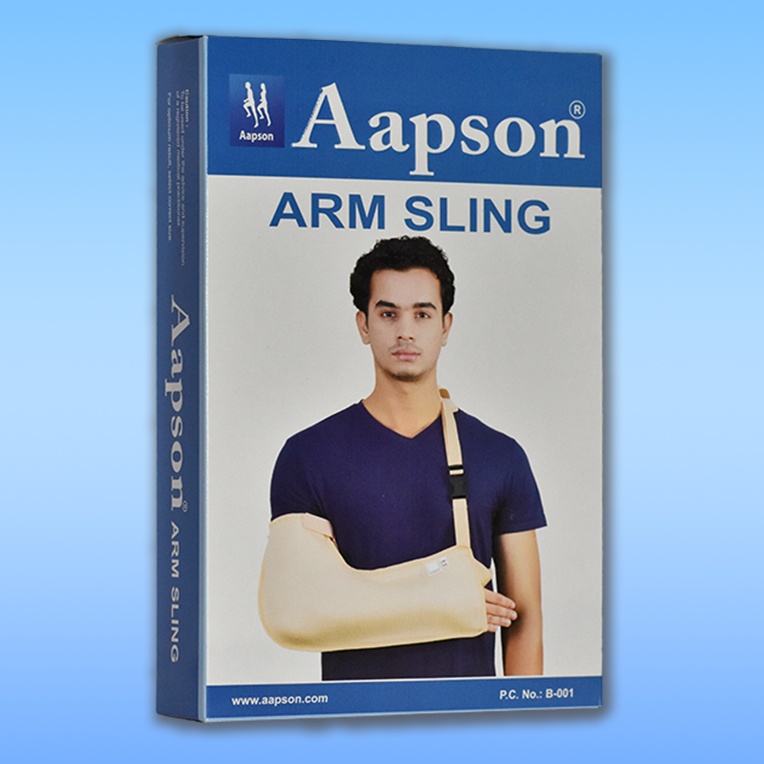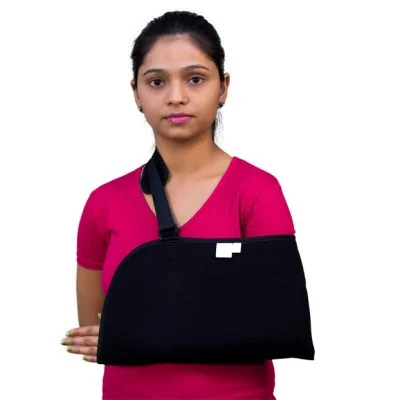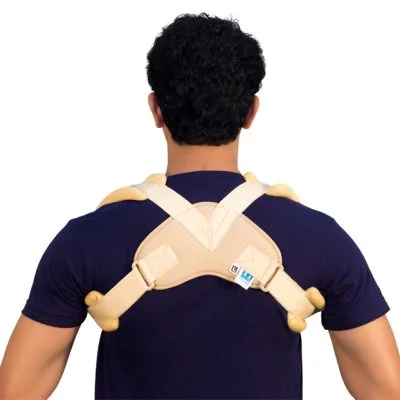Description
Product Code : B001
Product Category : Fracture Aids
Size : C, S, M, L,XL
Dimension (cms) : 23.5 x 15 x 4.5
Weight (gms) : 160gms
Features :
- Made of high quality foam-fused fabric.
- Topical design better suited for hot and humid condition.
- Adjustable shoulder pad can be placed at point of maximum pressure for comfort.
- Adjustable sling allows adjustable in the angle of the elbow and flexibility of size.
- Thumb loop, adds to patient comfort and limits wrist drop.
Indications :
- Ideal support for soft tissue, bone and ligament injuries of the forearm and wrist. provides support for treatment in forearm fractures.
Video Demonstration:





